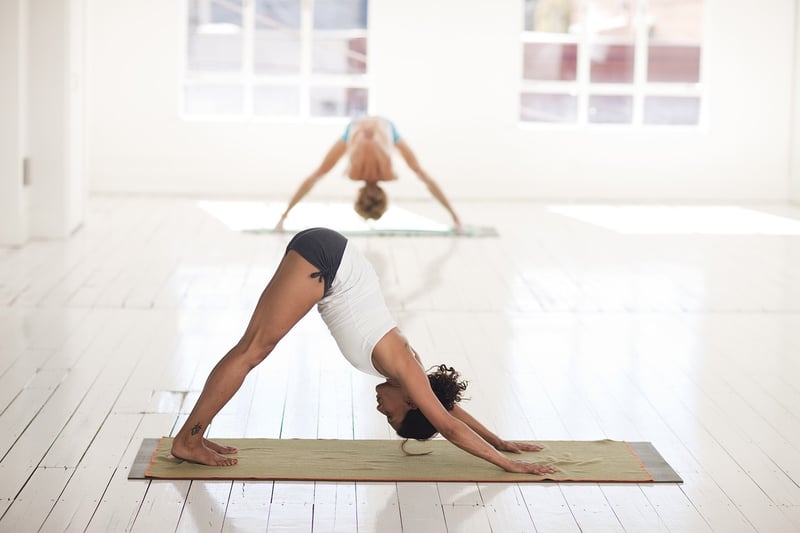Active Isolated Stretching
The Importance of Flexibility and Mobility in Fitness
Flexibility and mobility are crucial components of overall fitness and well-being. They not only help prevent injuries during physical activities but also improve performance and range of motion. One effective method to enhance flexibility is through Active Isolated Stretching (AIS).
What is Active Isolated Stretching?
Active Isolated Stretching is a dynamic stretching technique that involves actively contracting one muscle group while stretching the opposite muscle group. This method helps improve flexibility by targeting specific muscles and avoiding the body's protective mechanisms that can inhibit stretching progress.
Benefits of Active Isolated Stretching:
- Enhances flexibility and range of motion
- Improves muscle imbalances
- Increases blood flow and circulation
- Helps in injury prevention
- Assists in better muscle recovery
How to Perform Active Isolated Stretching:
- Select the muscle group you want to stretch
- Hold the stretch for 1-2 seconds
- Release the stretch and repeat 8-10 times
- Perform on both sides of the body
It is essential to perform Active Isolated Stretching correctly to maximize its benefits and prevent injury. Consulting a fitness professional or physical therapist can help ensure you are using the proper technique.
Image for illustration:

Incorporating Active Isolated Stretching into your fitness routine can lead to improved flexibility, reduced muscle tension, and enhanced athletic performance. Remember, consistency is key when it comes to seeing lasting results in your flexibility and mobility.
Whether you are a seasoned athlete or a beginner in fitness, focusing on flexibility and mobility through techniques like Active Isolated Stretching can benefit your overall health and fitness goals.
Stay active, stay flexible!
